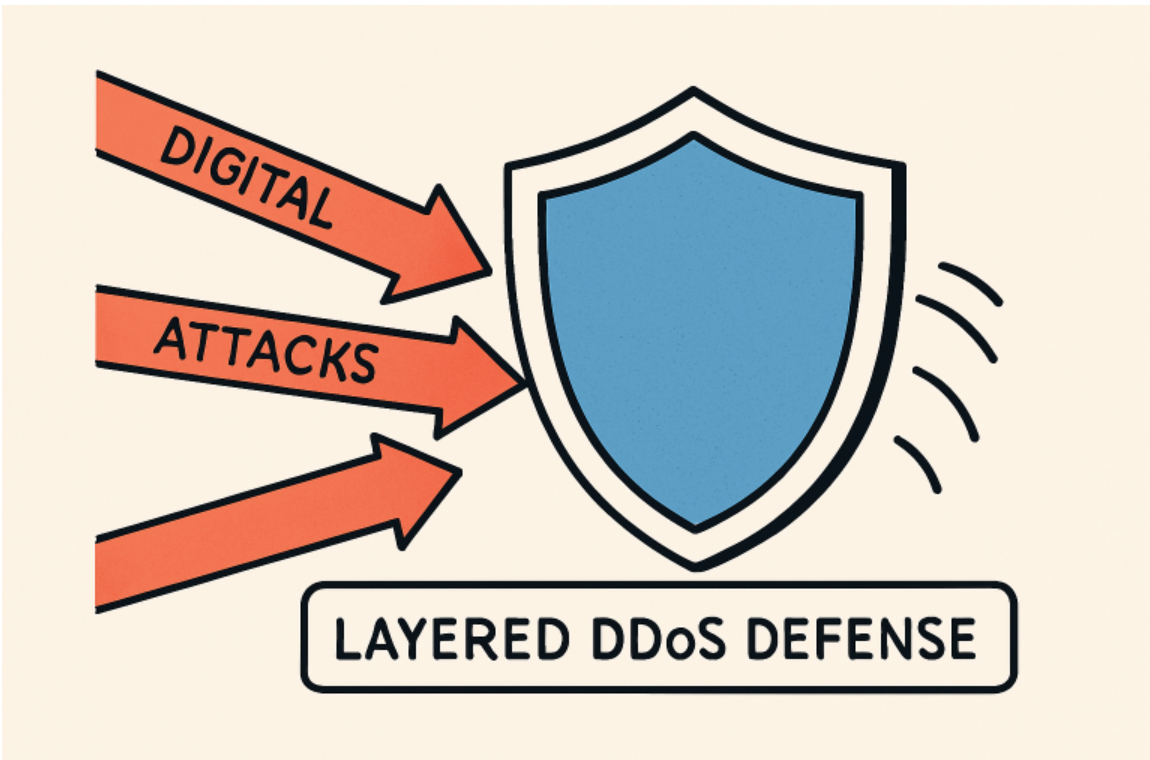Distributed Denial of Service (DDoS) threats have rapidly evolved, targeting enterprises worldwide and disrupting essential network services. With attackers leveraging AI automation, IoT botnets, and high-capacity vectors, today’s DDoS landscape is more challenging to secure than ever before. For organizations, the ability to minimize disruption and protect critical assets depends on adopting a proactive stance and leveraging modern technological solutions, such as a DDoS protection service. As financial losses soar and incidents become more frequent, an agile and thorough defense strategy is no longer optional; it’s a necessity.
The sheer scale and frequency of contemporary DDoS attacks pose a persistent threat to business continuity and reputation. Beyond financial repercussions, a successful attack can erode customer trust, disrupt digital experiences, and draw regulatory scrutiny. The stakes have never been higher, as seen in 2025’s record-breaking attack volumes, underscoring the urgency of updated prevention methods and dynamic response plans.
Modern attackers rely on AI-powered tools, making disruption less predictable and far faster to deploy. IoT device exploitation is enabling attackers to launch campaigns using hundreds of thousands of unsecured endpoints, resulting in new weaponized botnets. In light of such advancements, layered defense mechanisms, regular monitoring, and quick incident response are essential components for robust network security. Addressing the multi-faceted nature of DDoS attacks means more than firewalls; organizations must blend technology, expertise, and process. Staying educated on the evolving threat landscape and regularly updating your approach are priorities for any IT security strategy.
Understanding the Evolution of DDoS Attacks
Recent years have seen a dramatic uptick in both the scale and complexity of DDoS campaigns. Attackers are no longer using single-vector floods but orchestrating multi-vector assaults that change tactics mid-attack to evade detection. The democratization of attack tools on the dark web has fueled a surge, according to CSO Online research, which reveals that coordinated campaigns are now within reach for less sophisticated attackers.
In the first half of 2025, global DDoS events exceeded eight million, with high attack density in the EMEA region. This escalation is attributed to accessible botnets and attack automation, along with the monetization of DDoS-as-a-Service platforms. Increasingly, attackers are using sophisticated command-and-control protocols to coordinate massive disruptions, putting unprecedented pressure on legacy security controls.
Common Tactics Used in Modern DDoS Attacks
- Volumetric Attacks: Flooding a target’s bandwidth with immense amounts of junk data, these attacks are designed to consume available resources and make services inaccessible to legitimate users.
- Protocol Attacks: Targeting the fundamental mechanisms of network infrastructure, these tactics exhaust processing capacity with malformed or repetitive requests, leading to resource starvation.
- Application Layer Attacks: The most stealthy and difficult to detect, these attacks mimic legitimate user behavior to overwhelm web applications or services, often slipping past poorly configured appliances.
The integration of insecure IoT devices has fueled the evolution of DDoS attacks. Weak, default credentials and irregular patching make warehousing devices a prime source for botnet soldiers. As 5G expands bandwidth and the number of connected devices, future botnets will only grow in power and sophistication.
According to a detailed analysis, DDoS attackers now use complex reflection and amplification techniques, often combining methods to maximize disruption and minimize detection until systems are already impacted.
Implementing Multi-Layered Defense Mechanisms
No single security control can withstand today’s multi-pronged attack methods. A layered defense provides fortified barriers at every layer of the network stack.
- Perimeter Protection: Deploy firewalls and intrusion prevention to deflect known attack signatures and filter at the earliest stage.
- Network-Layer Protection: Use dedicated anti-DDoS appliances and cloud-based scrubbing centers to clean network-bound traffic at scale, diverting hostile packets before they reach core applications.
- Application-Layer Protection: Defend public-facing services with Web Application Firewalls (WAFs) that analyze behavior and block anomalous patterns, and employ rate limiting to maintain stability during surges in suspicious activity.
By synchronizing protective measures across all layers, organizations can block both common and novel attack strategies before critical business functions are impacted.
Proactive Monitoring and Incident Response Planning
Proactive, around-the-clock network surveillance is vital for identifying attack precursors and minimizing downtime. Modern monitoring solutions leverage behavioral analytics and AI-driven pattern recognition to distinguish normal fluctuations from initial DDoS probes.
A clearly defined incident response plan enables rapid containment and communication. This plan should specify roles, escalation paths, technical countermeasures, and regular post-incident review. Frequent tabletop exercises and cross-functional training ensure staff are ready when seconds matter.
Leveraging AI and Machine Learning for DDoS Mitigation
As DDoS campaign automation accelerates, defenders are turning to advanced analytics and their own automation. Machine learning algorithms can digest terabytes of traffic data, generating real-time models of legitimate user behavior and automatically isolating emerging threats as they appear.
AI-driven mitigation provides organizations with tailored threat intelligence and predictive capabilities, closing the gap between attacker speed and human response time. This results in faster detection, reduced risk of false positives, and sustained uptime even amid high-volume attacks.
Conclusion
DDoS threats are ever-present, adapting swiftly as technology advances. With attackers deploying AI-driven and multi-vector attacks, effective defense cannot stand still. By understanding new threat tactics, layering defenses, proactively monitoring, and harnessing AI, organizations can protect their networks, mitigate business risks, and maintain trust with clients and stakeholders. Regularly reviewing and updating defensive strategies is the foundation of resilient, secure modern network infrastructures.

